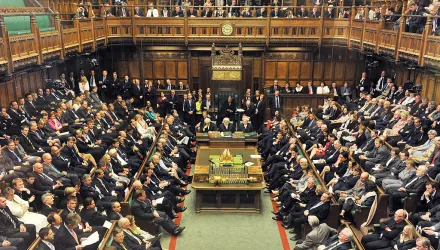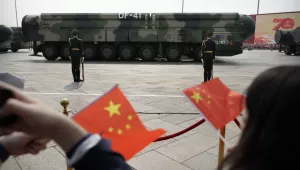Introduction
With approval rates higher than ever thanks to the war against terrorism, President George W. Bush finally did in December 2001 what he had threatened to do on different occasions but what many others thought - or hoped - was only bluff: withdrawing unilaterally from the 1972 Anti-Ballistic Missile (ABM) Treaty. Regardless of the rationale or emotions behind or against this decision, it ended a period of uncertainty. Although in principle the Bush administration can still change its mind until June 2002 when the six months withdrawal period expires, most observers believe that this will not happen. Indeed, there are already plans on the table to start building a new test site at Fort Greely in Alaska in the Summer of 2002 that from 2004 onwards could be used as a base for a small ground-based mid-course National Missile Defense (NMD) launch site if needed.
Another advantage of this drastic decision is that it forces other nuclear weapons states to reconsider their existing arms control and nonproliferation policies. This study seeks to establish new limits to both offensive and defensive strategic weapons and aims to set limits to the deployment of NMD. Without such limits, the strategic balance between the major powers in the world - the United States (and its allies), Russia and China - might be in danger.
Sauer, Tom. “Beyond the ABM Treaty: A Plea For a Limited National Missile Defense System.” Belfer Center for Science and International Affairs, Harvard Kennedy School, March 1, 2002





